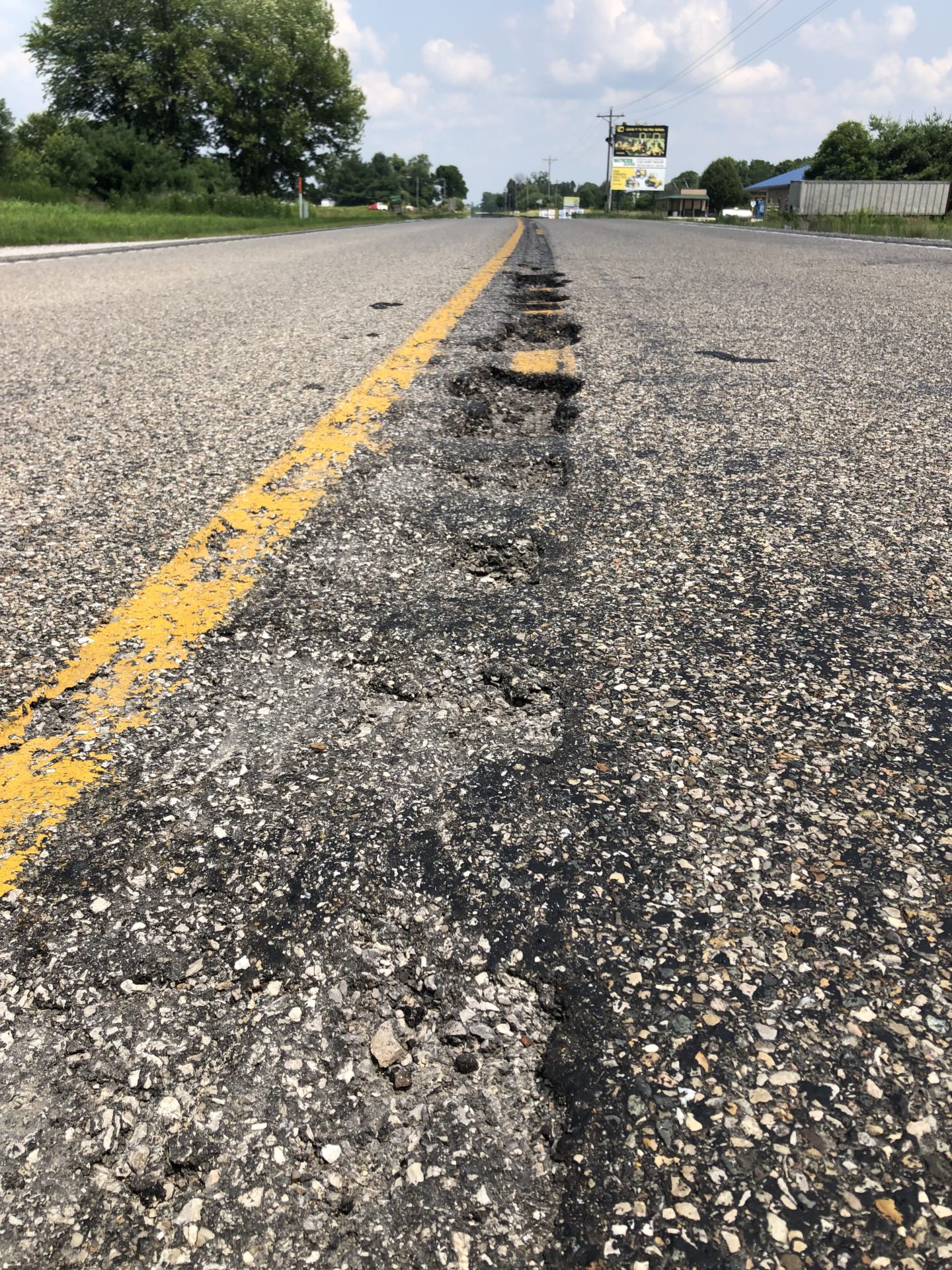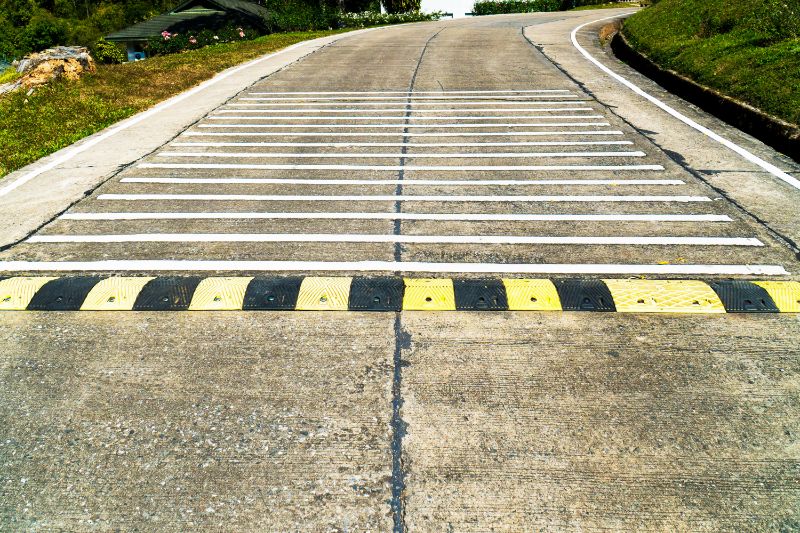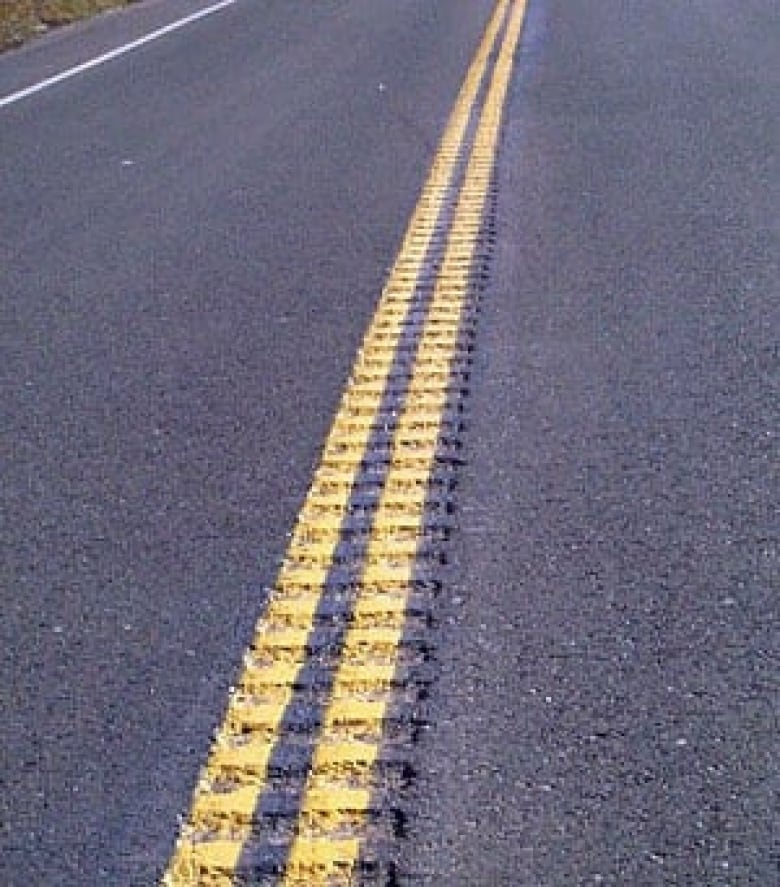Rumble strips are those distinctive, uneven patterns you often notice on the edges of highways or along the centerlines of roads. Their primary function? To alert drivers when they’re straying from their lane or driving too close to the edge of the road. These tactile and audible warnings provide a valuable safety feature, especially for drowsy or distracted drivers. But while they play a crucial role in road safety, there are questions about their potential impacts—most notably, whether they can cause tire damage. In this post, we’ll delve deeper into what rumble strips are all about and explore how they might affect your vehicle.
How Rumble Strips Work and Their Purpose

Rumble strips, sometimes referred to as "safety strips," are specifically designed to create both sound and vibration when a vehicle drives over them. Let’s break down their functionality:
- Tactile Feedback: When a vehicle's tire runs over a rumble strip, it creates a noticeable vibration that is felt by the driver. This serves as a physical reminder to regain focus.
- Audible Warning: Simultaneously, the uneven surface produces noise, which acts as an auditory alert. This is particularly helpful for drivers who might be listening to music or are otherwise distracted.
- Placement: Rumble strips are typically placed on the edges of the roadway or along the centerline. They are often found in areas prone to accidents, like near intersections or in school zones.
The purpose of these strips is clear: to enhance road safety. By alerting drivers to their current position, especially during critical moments, rumble strips contribute to reducing the likelihood of collisions. However, their design and implementation also raise considerations about vehicle wear and tear, particularly regarding tires. In the next sections, we’ll explore these concerns further, providing insights into the balance between safety and potential vehicle damage.
The Design and Composition of Rumble Strips

Rumble strips are those textured grooves or rows of raised pavement that you might have felt when driving on highways or approaching intersections. They’re designed specifically to alert drivers when they veer out of their lane, helping to prevent accidents. But have you ever stopped to think about what they're made of and how their design might impact your vehicle?
Typically, rumble strips are made from materials like:
- Asphalt: The most common material used for constructing rumble strips. It's durable and blends well with road surfaces.
- Concrete: Often seen on highways, concrete rumble strips are more rigid and can withstand heavy traffic.
- Paint or Thermoplastic: In some cases, rumble strips are painted onto surfaces for temporary applications, especially in work zones.
The design of these strips can vary widely. Some key features include:
- Width: They usually span about 12 to 18 inches.
- Depth: The grooves can be anywhere from 0.25 to 0.5 inches deep.
- Spacing: The gaps between the strips are typically designed to optimize noise and vibration while minimizing wear on tires.
Overall, the primary purpose of rumble strips is to improve road safety, but their functionality hinges on their design and the materials used. Understanding this can help you gauge the potential effects on your tires during your journeys.
Potential Risks of Tire Damage from Rumble Strips

While rumble strips are certainly a safety feature, there’s ongoing debate about whether they can damage tires. Many drivers have experienced a jolt when crossing these strips, but could that occasional bump lead to more serious issues? Let's break it down.
Here are some potential risks of tire damage:
- Tread Wear: Continuous driving over rumble strips could lead to uneven tread wear. The vibrations might contribute to faster deterioration, especially if the tires are already worn.
- Punctures and Cuts: If the tires are misaligned or the vehicle is moving at high speeds, the abrupt impact of hitting rumble strips might exacerbate existing weaknesses, leading to punctures or cuts.
- Sidewall Damage: In severe cases, striking rumble strips at an angle could result in sidewall bruises or even blowouts, which is dangerous.
To mitigate the risks, consider the following:
| Tip | Description |
|---|---|
| Regular Tire Checks | Inspect your tires for any damage, cuts, or uneven wear regularly. |
| Keep Proper Inflation | Ensure your tires are properly inflated to handle any strain from rumble strips. |
| Avoid High Speeds | Reduce speed when approaching rumble strips for a gentler crossing. |
In summary, while rumble strips serve a critical safety function on the road, being mindful of how they can interact with your tires is essential for preserving their integrity and ensuring your vehicle remains safe on the journey.
5. Factors that Influence Tire Damage

When it comes to tire damage from rumble strips, several factors come into play. Understanding these can help you navigate roads more safely and be proactive about your tire health. Let’s break down the key influencers:
- Type of Rumble Strip: Not all rumble strips are created equal. Some are designed with wider grooves, while others might be more shallow. The deeper and sharper the rumble strip, the more likely it is to cause damage.
- Vehicle Speed: Speed plays a huge role in the level of impact your tires will experience. Hitting a rumble strip at high speeds can increase the chances of damage significantly. It’s always wise to slow down when approaching these road features.
- Tire Condition: Worn or improperly inflated tires are more susceptible to damage. Regularly checking your tire tread and pressure can prevent serious issues when driving over rumble strips.
- Vehicle Type: The size and weight of your vehicle matter, too. Heavier vehicles exert more force on the tires, which can lead to more significant damage if they hit rumble strips aggressively.
- Road Surface: The condition of the road can also affect how your tires interact with rumble strips. Potholes, uneven surfaces, and debris can complicate the situation, increasing the risk of tire wear or damage.
Considering these factors can help you better understand how to protect your tires while navigating areas equipped with rumble strips.
6. Preventive Measures for Protecting Tires
To keep your tires safe from potential damage caused by rumble strips, there are several preventive measures you can take. Here’s a checklist of practices to follow:
- Regular Tire Inspections: Make it a habit to check your tires for any signs of wear and tear at least once a month. Look for cracks, blisters, and uneven tread wear.
- Maintain Proper Tire Pressure: Keep your tires properly inflated. Use a tire pressure gauge to check the recommended pressure—and do this regularly!
- Slow Down Near Rumble Strips: Approach rumble strips with caution. Reducing your speed can greatly minimize tire impact and potential damage.
- Rotate Tires Regularly: Tire rotation helps promote even wear and extends the life of your tires. This is typically done every 5,000 to 8,000 miles.
- Choose Quality Tires: Investing in high-quality tires suitable for your driving conditions can make a difference. Do some research and consult professionals for recommendations.
By implementing these preventive measures, you’ll not only protect your tires from rumble strip damage, but you’ll also extend their lifespan, enhance safety, and improve fuel efficiency. Remember, a little proactive care goes a long way!
Can Rumble Strips Cause Tire Damage and Understanding the Potential Risks
Rumble strips are designed to enhance road safety by alerting drivers when they drift out of their lane or approach a dangerous area. However, there are concerns regarding their potential impact on vehicle tires and overall driving experience. This blog post delves into the implications of rumble strips and the risks they may pose to tires.
What Are Rumble Strips?
Rumble strips are raised, grooved patterns placed on road surfaces, typically on the edges of highways or on the center lines. They produce a distinct vibration and sound that can alert distracted or drowsy drivers. While essential for safety, here are some *risks associated with rumble strips*:
- Tire Wear: Repeated contact with rumble strips can lead to uneven tire wear over time.
- Sidewall Damage: Tires have thinner sidewalls that may be more susceptible to cuts or punctures when driving over strips at high speeds.
- Noise and Vibration: Excessive noise can be a distraction, leading to fatigue, which may indirectly affect tire longevity due to driving errors.
- Increased Resistance: Driving over rumble strips can increase rolling resistance, potentially leading to decreased fuel efficiency.
Factors Influencing Tire Damage
The extent of potential tire damage from rumble strips can depend on various factors:
| Factor | Impact on Tires |
|---|---|
| Vehicle Speed | Higher speeds increase the likelihood of damage. |
| Tire Age | Older tires may be more vulnerable to damage. |
| Driving Surface | Rumble strips on uneven surfaces can exacerbate risks. |
In summary, while rumble strips serve an important safety purpose, they may pose risks to tire integrity, especially with frequent exposure or at high speeds. Awareness and proper tire maintenance can help mitigate these potential issues, ensuring safer travels.
Conclusion: Weighing the Risks of Rumble Strips
In conclusion, understanding the potential risks associated with rumble strips is essential for drivers. While they provide critical safety benefits, being mindful of their impact on tire wear and damage can help maintain vehicle performance and safety on the road.










